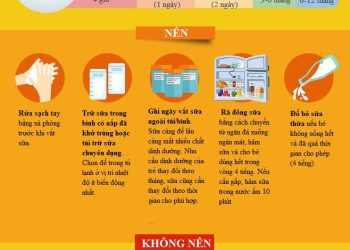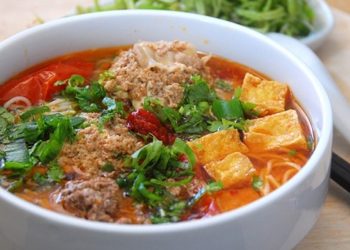Cash coins, characterized by a round outer shape and a square central hole, were a prominent type of currency used throughout China and other parts of Asia (including Korea, Japan, Ryukyuans, and Vietnam) from the 4th century BC until the 20th century . This design emerged during the Warring States period and was widely adopted, lasting for over two millennia with only minor variations.
The square hole served several practical and symbolic purposes:
- Practical: The hole allowed the coins to be strung together, making them easier to carry and manage, especially considering their low individual value which necessitated carrying large quantities for everyday transactions.
- Symbolic: The round shape of the coin was believed to represent the heavens, while the square hole symbolized the Earth. This design reflects the importance of geomancy in ancient Chinese culture, where the four cardinal directions associated with the Earth were significant.
- Production efficiency: The square hole facilitated the production process. After casting, the coins were placed on a square rod, allowing for the rough edges to be filed smooth in large batches without the coins rotating on the rod, ensuring uniformity.
Cash coins were predominantly made from copper or bronze alloys, though iron, lead, and zinc were also occasionally used. Rare silver and gold cash coins were also produced.
While originally used as currency, cash coins also held significance as charms and talismans in traditional Chinese culture. Their association with good fortune and prosperity led to their use in various practices like:
- Divination: The coins were used in rituals for fortune-telling and Yijing divination.
- Traditional Chinese Medicine: They were used in practices like coining (Guāshā) or even as ingredients in medicinal teas, believed to possess curing powers.
- Feng Shui: Cash coins are considered potent symbols of wealth and are used in Feng Shui practices, often tied with red thread.
- Funerary practices: Cash coins were sometimes buried with the deceased to ensure a comfortable afterlife and protect the tomb.
- Adornment: Overseas Chinese communities used them as ornaments, jewelry, and decorations.
In modern times, cash coins are still considered good luck charms and are used in various traditional practices, although they are no longer issued as official currency. They are available on the collectibles market, with prices varying based on factors like age, condition, and rarity.









What are the Asian coins with square holes?
Good point! Qing-dynasty coins, like Chinese coins for centuries before them, are copper alloy pieces cast from moulds, with a square hole in the middle and an inscription. There are no pictorial images on Chinese cash coins.
Why did Chinese coins have a hole in them?
For centuries, the basic unit of currency in China was the bronze or copper coin with a hole in the center for stringing. Large transactions were calculated in terms of strings of coins, but given their weight these were cumbersome to carry long distances.